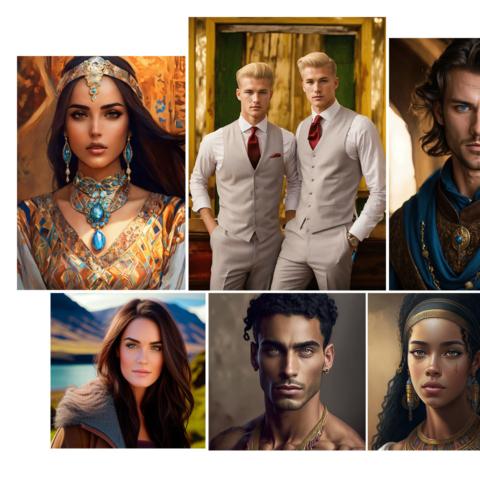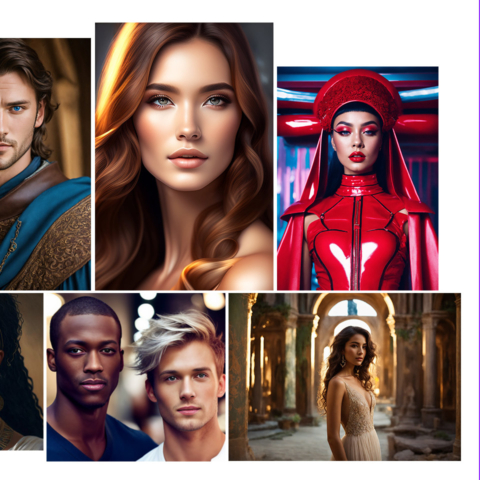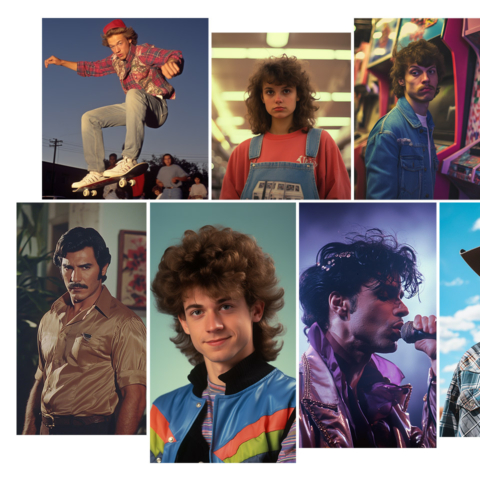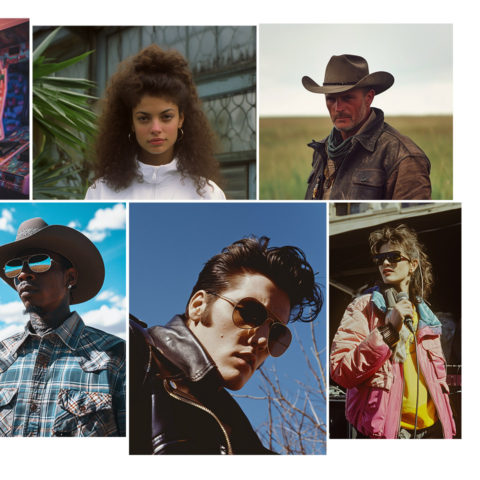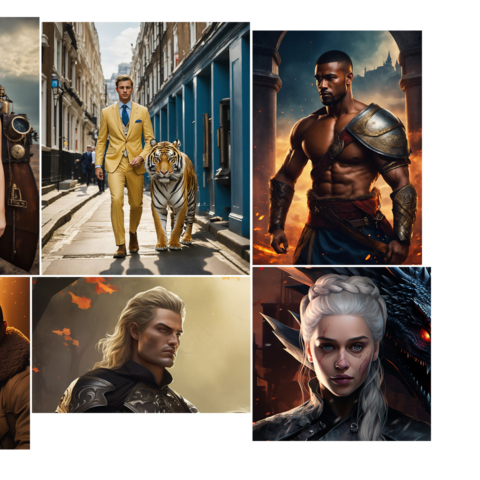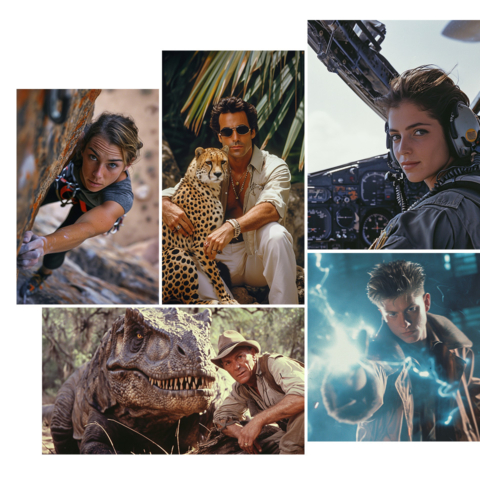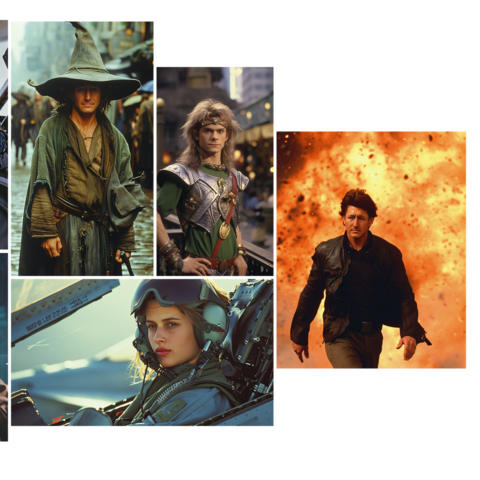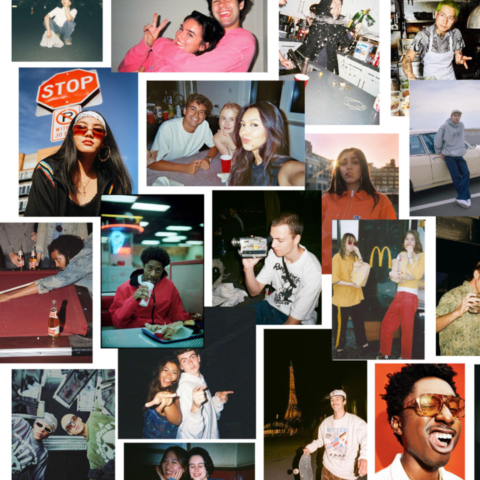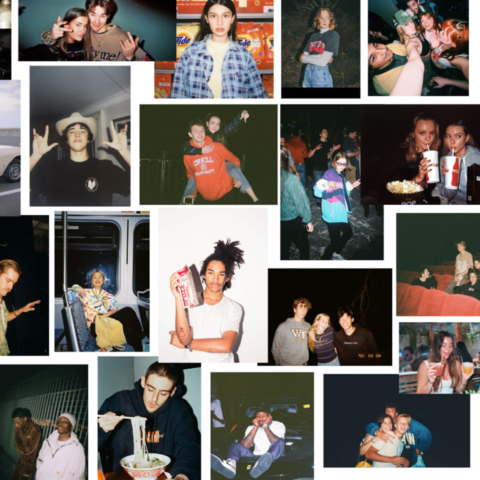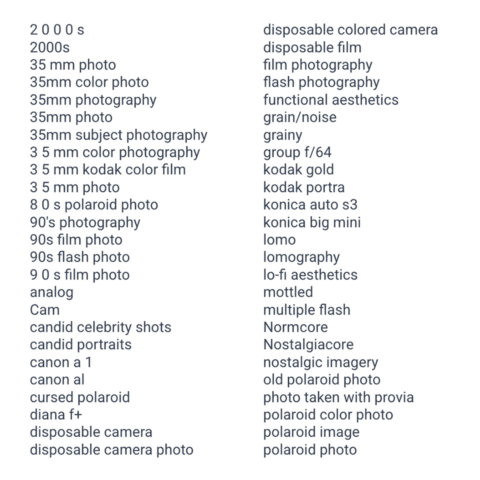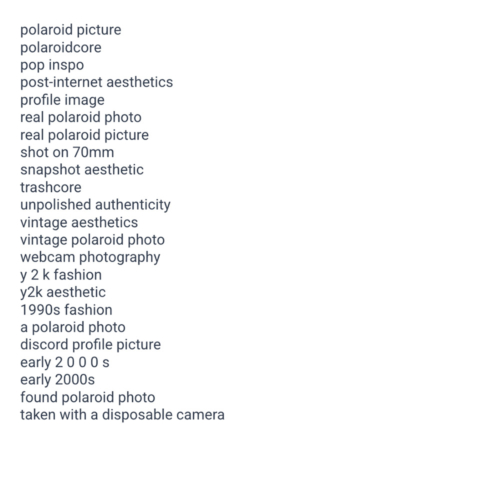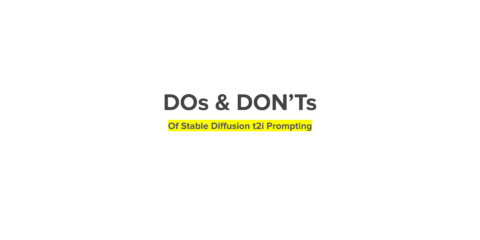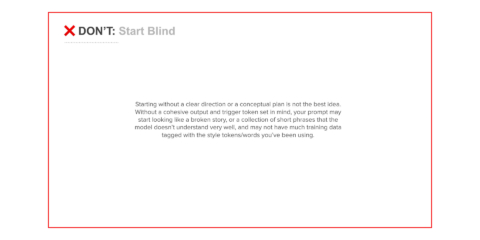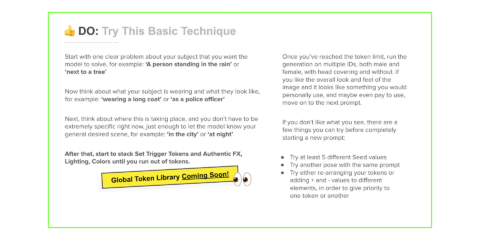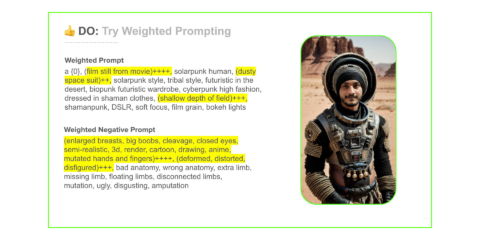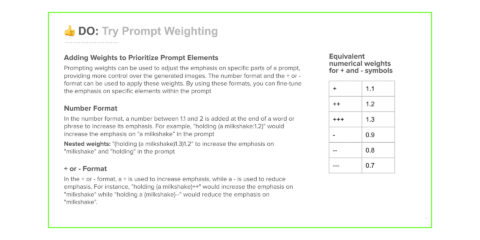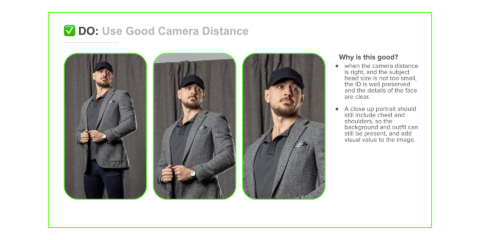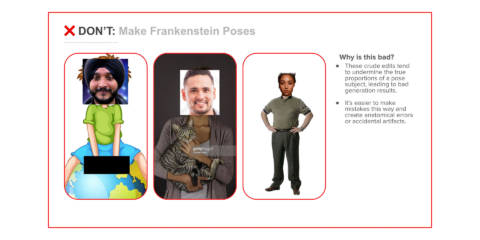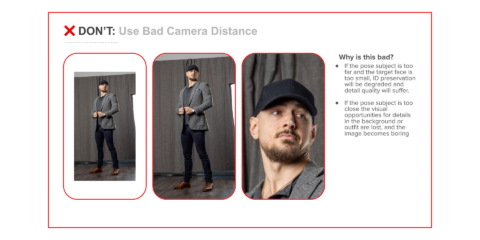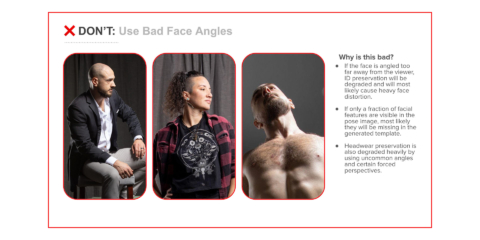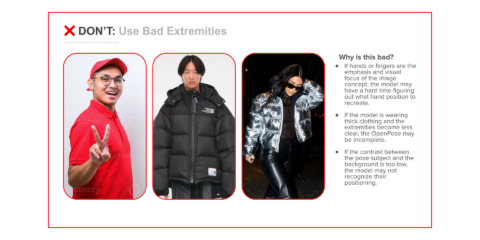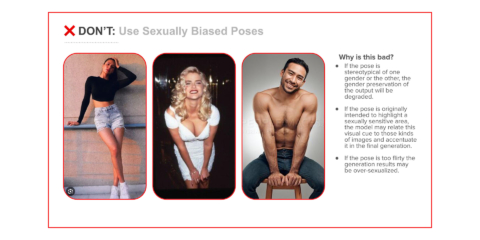Snap
Art Direction, Artificial Intelligence, Copywriting, StrategySnap
Aesthetic Update
My mission was to improve and redirect the overall aesthetic of all the AI generated content being pushed to users through the different GenAI pipelines like Dreams, AI Snaps, and AI Lenses. The general look badly needed to shift from “AI-looking” to real photo quality; more candid and less staged, in order to keep up with a look and feel that better aligned with the Gen Z crowd.
Realistic ❌
I wanted to stay away from perfect, smooth looking skin, and HDR-style lighting. In order to focus on authentic realism versus photo realism, the team had to embrace imperfections and purposely try to achieve them. Ideally under my watch our image outputs didn’t look retouched or photoshopped – I wanted them to look natural and authentic.
Authentic ✅
The authenticity that I was looking for was basically a nostalgic feeling translated into a visual element. When you see it, you immediately know that it’s “real”. Film grain texture, uneven lighting, depth of field, etc, are some of the elements that can accentuate the authenticity and real photo look and feel.
Background
Although clear, crisp and at times quite detailed, it lacks realism. The textural subtleties and lighting details are not there, making it look like photo-realistic digital art
Elements
The details are sharp and TOO perfect looking for an authentic effect, immediately you can tell this image has been heavily retouched or ”photoshopped”, and while it’s realistic, it’s not authentic. I needed to make it hard for anyone to tell it was AI.
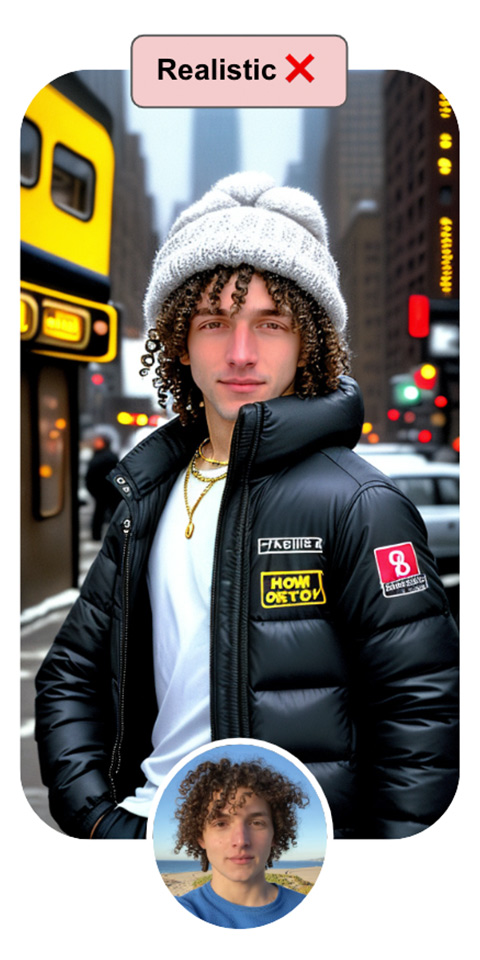
Background
Impressive realism in the background, truly capturing the look and feel of a real candid city photo, complete with real cars, buildings and soft-focus details
Elements
This was made using the 90s Flash Photo LoRA from Civit.ai, on the Dream Shaper checkpoint, and right away you can see how much easier it is to associate this image to an authentic photograph. The flash photo effect adds realistic, uneven lighting and a life-like background.
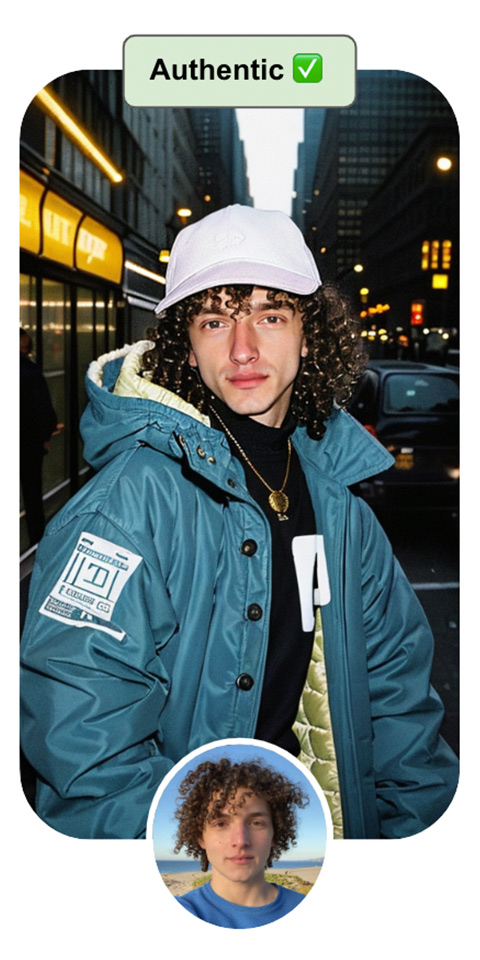
Surreal Fantasy ❌
Surreal fantasy is more focused on the artsy side, and by allowing more artistic freedom it quickly becomes digital art and photobashing, with a less believable look and feel.
Authentic Fantasy ✅
Authentic images can also be fantastic and surreal, but always keeping photo-real authenticity front and center. When you watch a high-budget sci-fi movie with modern VFX everything feels real and authentic, even when the scenario or context is completely surreal – that’s the feeling I wanted to convey with any unrealistic concept, by keeping an authentic image quality, background and subject.
This image is certainly fantastic and realistic looking, he looks like a real person and the cheetah looks real enough, but it’s easy to doubt it’s authenticity due to the obviously unrealistic background, wrong proportions and smooth, retouched look–all of which can be easily linked to either photoshop or generative AI.
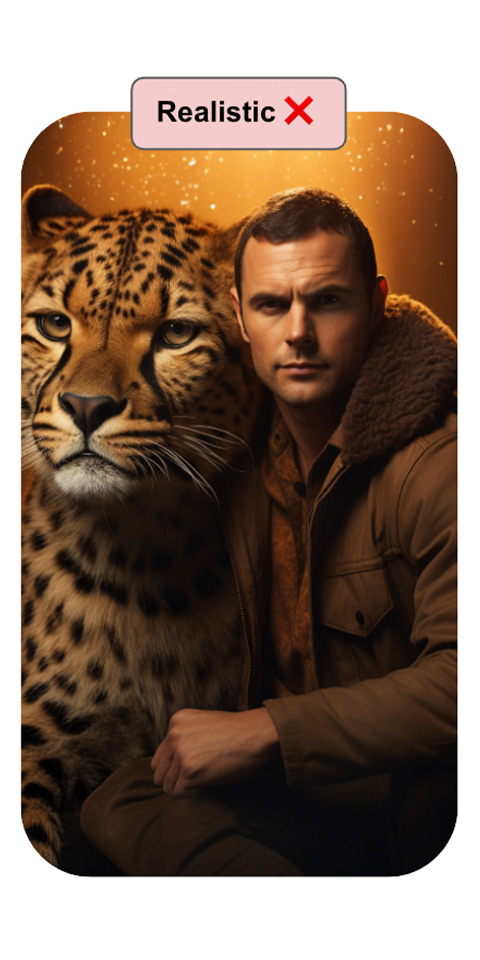
On the other hand, this image, also generated with AI, has many attributes of an authentic photograph: believable background, correct proportions, real lighting and an authentic analog feel, all of these elements together make you look twice at the fine details that only a trained eye can spot to discount its authenticity.
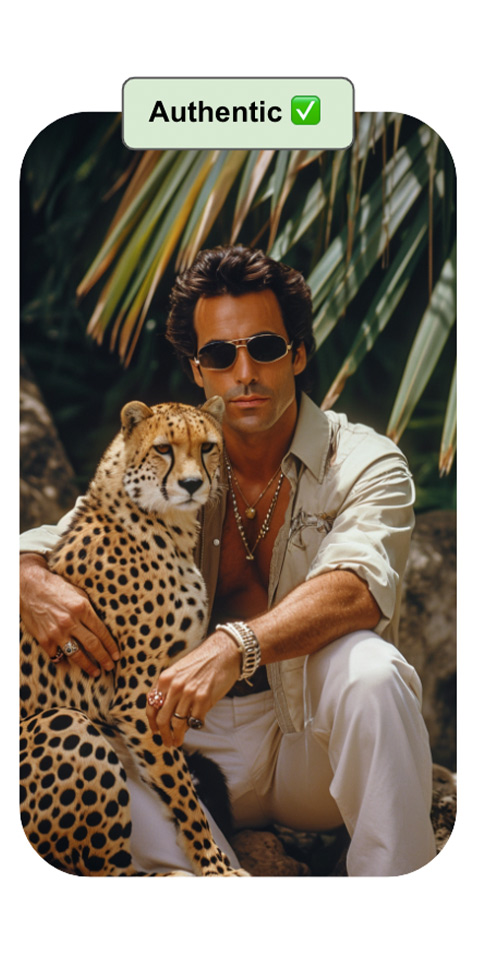
Style Trigger Tokens
To complete my mission I spearheaded a multi-prong approach, starting with defining the new look clearly and providing tools to help with the transition. I introduced a CLIP model process to help foolproof and fast-track effective prompt building, and I created and curated a huge style library filled with hundreds of trigger tokens (style keywords) organized by visual styles like “Y2K”, all extracted from authentic, found reference images.
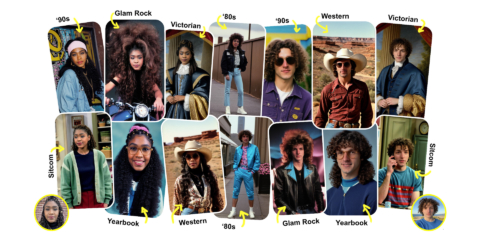
Prompt Training
I lead multiple prompt-to-aesthetic training sessions with internal and external Lens creators and AI artists, both group sessions and 1:1 prompt coaching.


